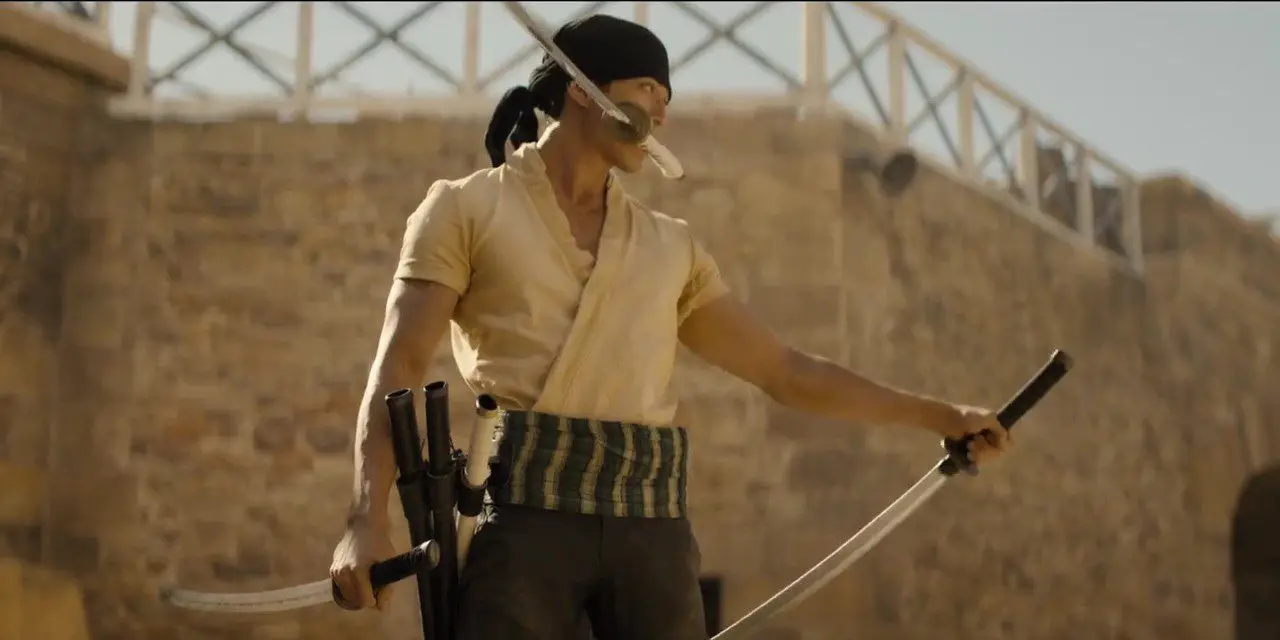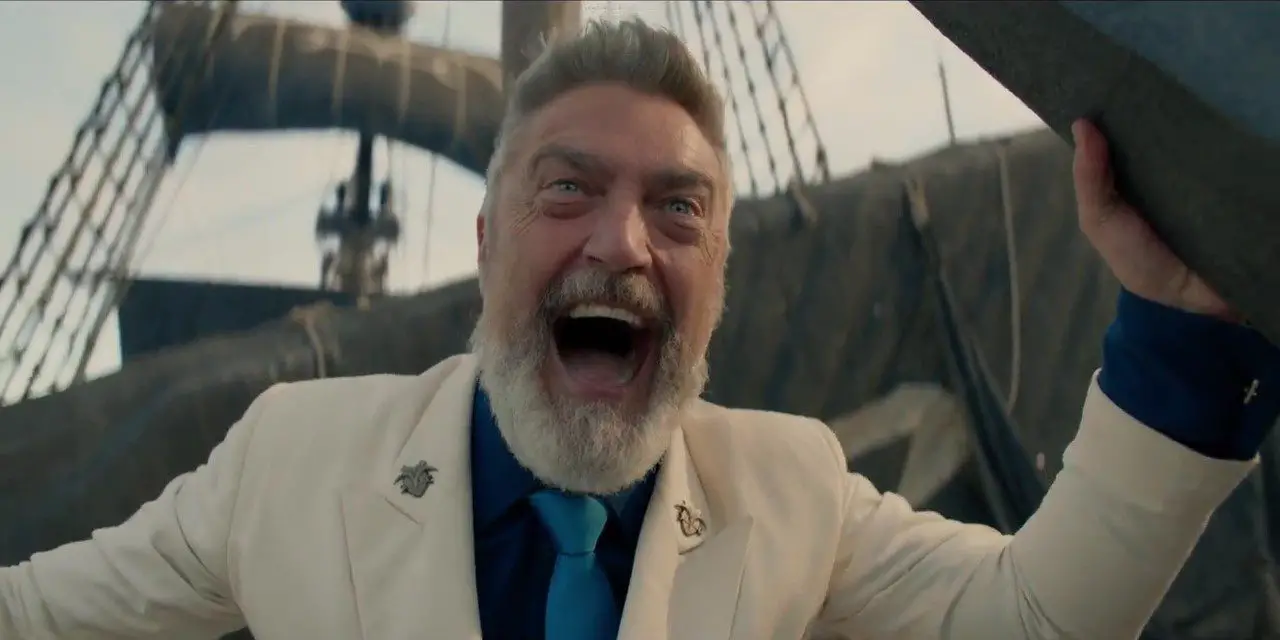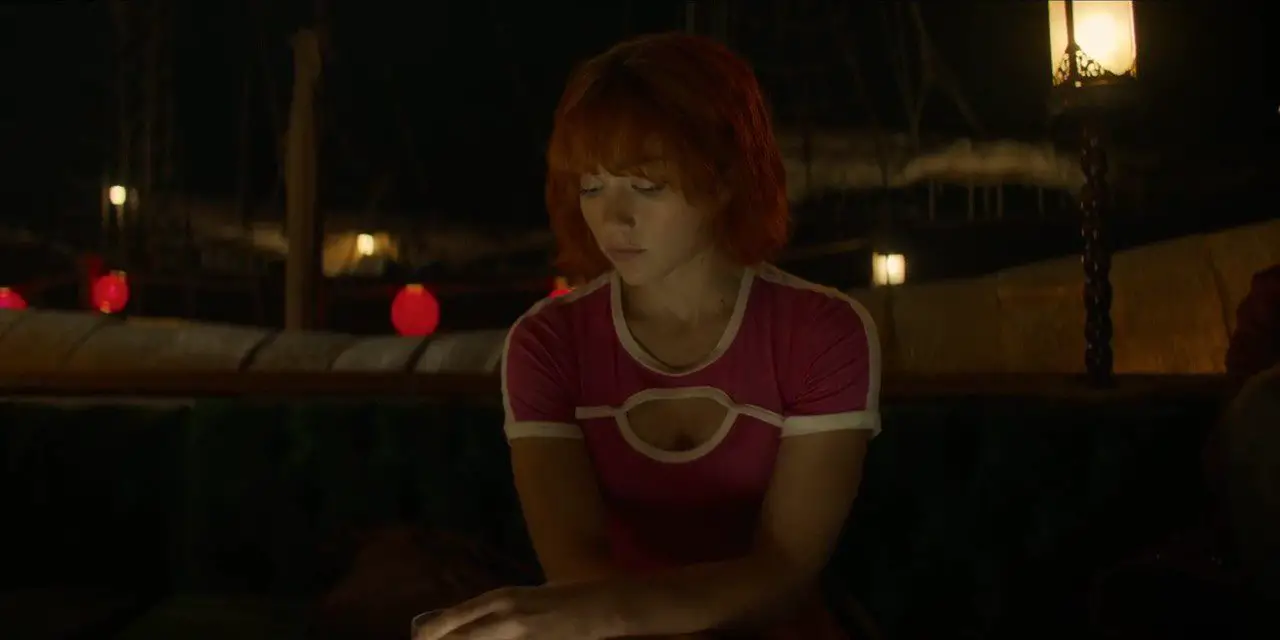When the words ‘live-action’ and ‘anime/manga adaptation’ are put together, they’re usually synonymous with ‘an absolute train wreck’. Manga, particularly Shonen manga, is distinguished by bombastic action and energetic overly expressive characters (both visually and emotionally). All of which are difficult to translate to the live-action medium. From Dragon Ball to Full Metal Alchemist, many a lauded series has watched its settings, characters, and narratives torn asunder to produce a live-action adaption relying on the popularity of the source material to draw in an audience rather than any artistic effort on its own part.
When it was announced that there would be a live-action adaptation of One Piece, the apprehension was palpable. A series known for its literally colorful characters who can use a stunningly diverse set of powers and its equally colorful and diverse locations, One Piece is a swashbuckling high-seas adventure. One moment the characters could be having a fight on the deck of a floating restaurant, the next they’re braving a thick jungle with prehistoric dangers.
You can have someone with the powers to completely detach parts of their body and someone else who fights with infeasibly long cat claw blades. Zoro, one of the main characters, fights with three swords (the third one goes in his mouth), and our protagonist, the intrepid Monkey D. Luffy, the very beating heart and soul of the series is a guy who can stretch and contort his body at his whim. The sky is the limit when it comes to imaginative possibilities of One Piece (a very literal use of that expression in this case; they have been to the sky at one point). It seemed impossible to adapt a series like this to live-action effectively.

Yet, Netflix’s One Piece has done the impossible: It’s produced a good adaptation. Dare I say, it’s not just good, it’s great. How did Netflix’s One Piece manage to beat the odds and produce a spectacular adaptation that lives up to the source material? It wasn’t just any singular thing that unlocked the secret of creating a good adaption. This was a team effort and labor of love at all levels of productions, from props and to set design, to casting, to the writer’s room.
The series closely collaborated with the manga’s creator Eiichiro Oda, garnering his approval at every step of the process. Matt Owens and Steven Maeda, the duo behind bringing this adaption to life, are themselves fans of the series and wanted to retain as much of the heart of the series as possible. One of the reasons it’s notoriously hard to adapt Shonen manga to a live-action production is a simple difference in format. Most Shonen manga are published on a weekly basis and can run for years. One Piece is currently in its 26th year of publication and showing no signs of ending any time soon. However, this adaptation uses that to its advantage.
The narrative of season one focuses on the East Blue Saga, roughly the first 100 chapters of the manga, but they don’t just limit themselves to the content available in those early chapters. The series is littered with easter eggs for keen-eyed fans to gush over; the bounty posters of pirates who won’t be introduced until years later in manga, mentions of an in-universe myth, story, song, or location that doesn’t come into play until hundreds of chapters down the line.
My personal favorite is a bounty poster for Cavendish, a character who isn’t introduced until after chapter 700 in the manga, but his backstory was he was a pirate with growing notoriety, until Luffy and the Straw Hats started making waves in the world and monopolizing all the headlines. One Piece, the manga is already known for its masterful foreshadowing, but the live-action is able to take that one step further by foreshadowing things that, when the manga was being written at this point, likely hadn’t even been conceived yet.
If you need more evidence of the dedication of the team behind the series just look at the cast. Oda has answered many fan questions over the years, and one such question was where would the Straw Hats originate from if they were born in the real world. When the live-action team started the casting process, they used this as the basis for their search, seeking out actors who matched those ethnicities while also being able to portray their characters. Iñaki Godoy in particular is a stand-out, able to bring across Luffy’s energetic and cavalier personality while also bringing a gravitas to those moments he grows more serious.
This adaptation understood different mediums require different styles of storytelling. One Piece as a manga had the time and space to flesh out each of our main characters as it pleased, while also building out the world they live in. The live-action only had eight episodes to do what took 100 chapters in the manga. Changes had to be made, such as having Luffy’s grandfather, Grap, encountering Luffy and his crew much sooner and having Luffy and Coby have several interactions over the course of the East Blue saga. It’s a controversial move, but it’s one that does add to the narrative.

Introducing Garp this early helps an audience new to One Piece understand Luffy better. Luffy wants to be a pirate because of the freedom it brings, and the Pirate King is the freest of them all. Meeting Garp now helps the audience understand that’s where his motivation lies and it’s not just frivolous a ambition he picked up. He had to cling to his convictions to become a pirate while his grandfather was actively trying to train it out of him. Similarly, having Luffy and Coby being able to interact as much as they do helps to reinforce several truths of this world; there are good pirates and bad pirates just as there are good and bad marines.
Perhaps the boldest and most successful change for the sake of adaption was, rather than trying to give the Straw Hats equal weight in the narrative and development, it gave the lion’s share to just one. And it wasn’t the expected choice of Luffy. It was Nami.
Yes, Luffy is the protagonist and the show treats him as such. Similarly, the Straw Hats are never neglected by the story. But the creators understood that the truly great season of television needs to have a thematic throughline: something for the audience to watch change and develop, something, that by the end of the season will have come to a satisfying conclusion. For season one of One Piece, they made that throughline Nami. The show may be about the Straw Hat pirates and their captain’s goal to find the One Piece, but the season is about watching the walls Nami’s carefully constructed around her heart be blasted away by the glorious dumbasses that are the Straw Hats. It’s there in every episode, sometimes a small moment as the camera lingers on Nami to watch the wash of emotions on her face. It’s a testament to Emily Rudd’s performance and how much she can bring out in such quiet moments.

Which is not to say the series has changed everything. There are some scenes that were ripped right from the manga, down to the character blocking. It shows an understanding of what an adaption needs. Sometimes change is needed. Sometimes the best course is an uncompromising depiction of the source material.
I can’t say this adaptation is perfect. But it does capture the heart of One Piece. It is a beautiful retelling of one of the most prolific works of media, sure to excite fans old and new to this world. It does leave the question hanging; can this success be repeated for potential future seasons? Season one did have the advantage of adapting the tamest part of the series.
From here on out, the story only grows bigger and wilder in every way. The villains are more dangerous. Powers and abilities become more complex (and potentially harder to do with VFX). The settings, more diverse. The Straws Hats get even more colorful and wacky (I’d be very interested to see how the live-action tries to adapt Tony Tony Chopper). Yet, season one has so much to love about it, I can’t help but want to see more of this story told by this team, with this cast. Here’s hoping that this version of the journey to find the One Piece gets to sail a little longer.
Images courtesy of Netflix
Have strong thoughts about this piece you need to share? Or maybe there’s something else on your mind you’re wanting to talk about with fellow Fandomentals? Head on over to our Community server to join in the conversation!

